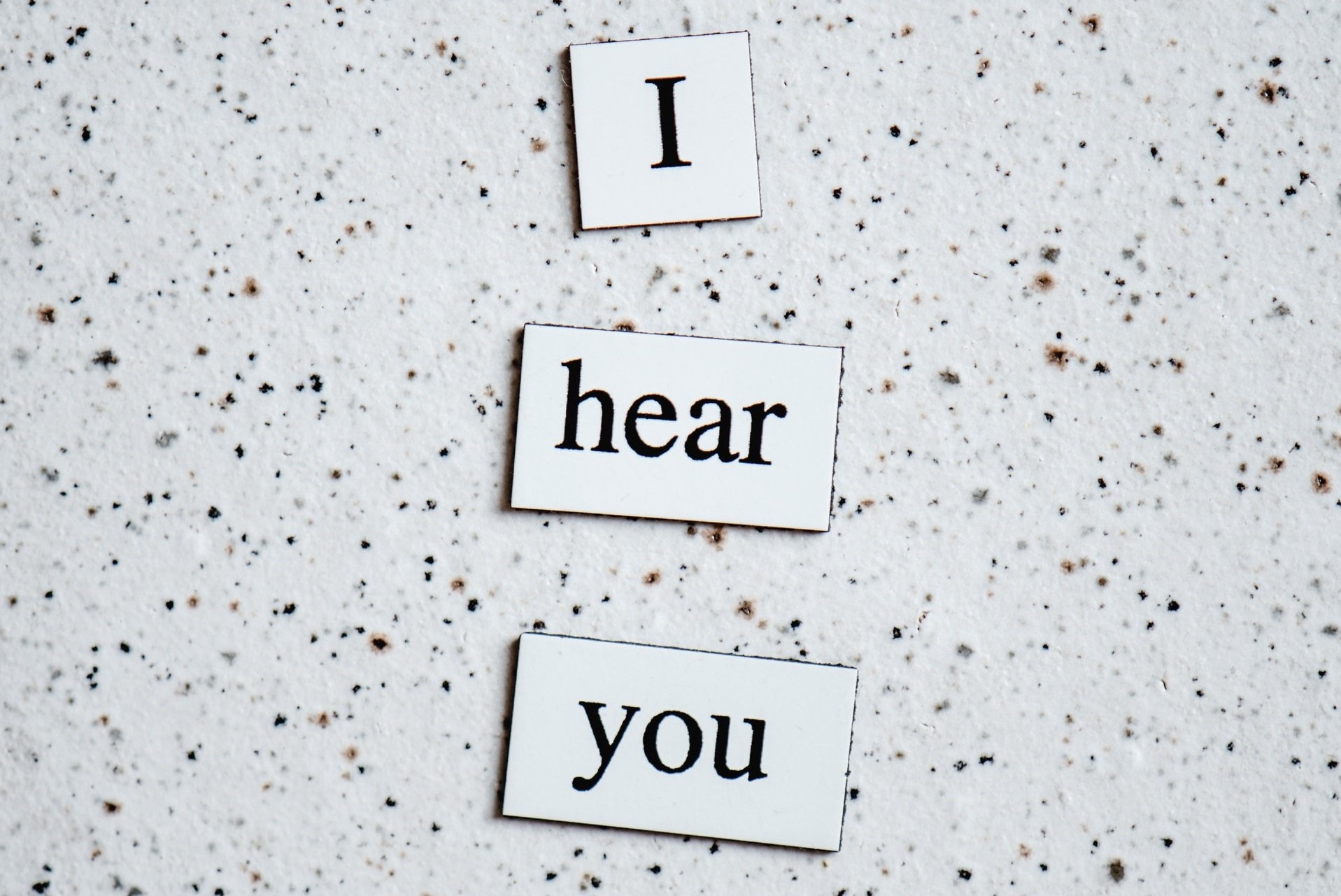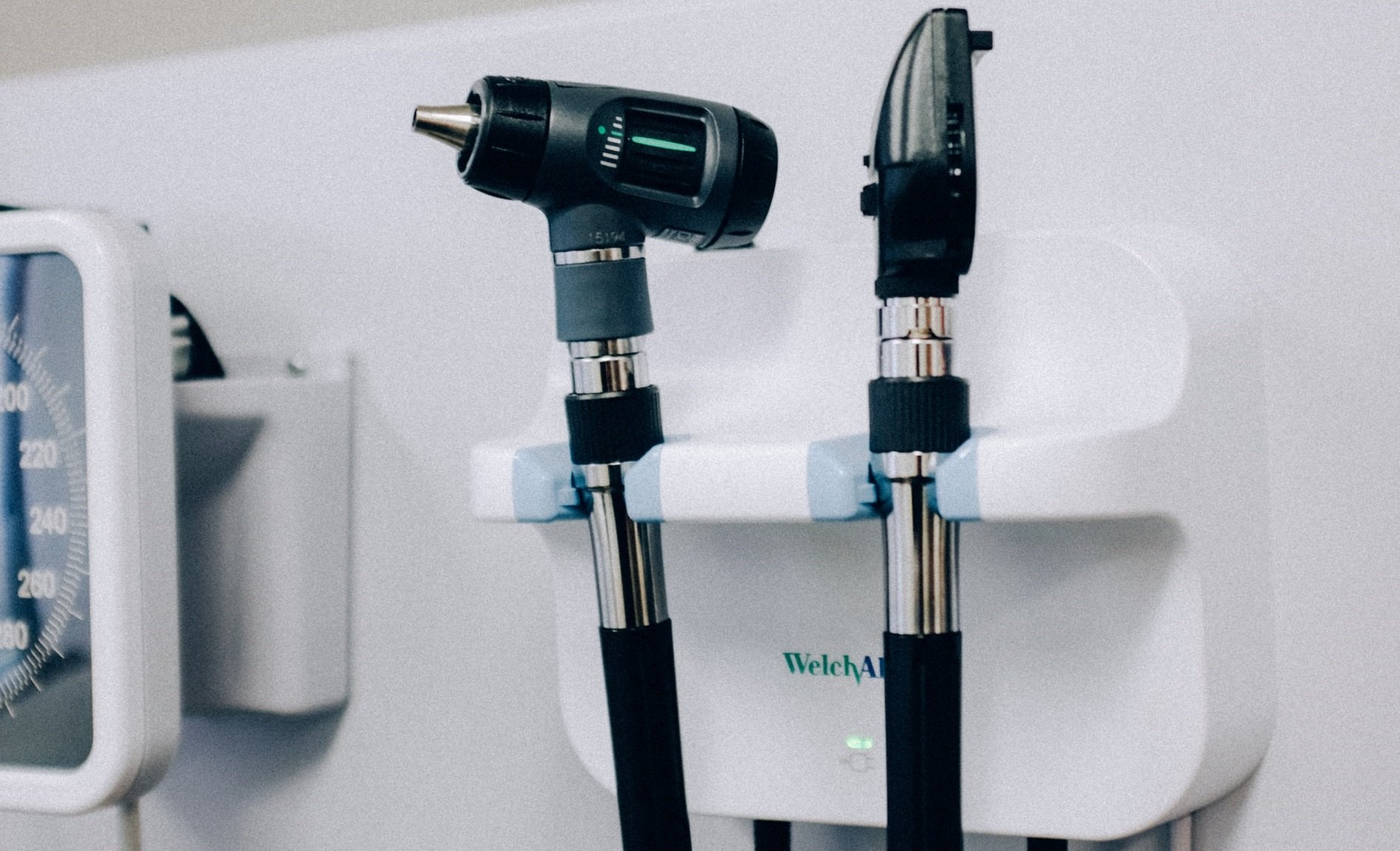
Your hearing health is important, but there are two main ways that your ability to hear may decline. As you age, your ability to hear naturally declines, in an age-related process known as presbycusis. The other way getting hearing loss due to experiencing noise-induced hearing damage at one or multiple points in your life.
Insurance and the Costs of Hearing Aids
In many cases, your hearing may be improved with properly fitted hearing aids. If you are in the position to need a hearing aid, then you’ve probably explored the costs associated with devices. They don’t come cheap. One hearing aid on the low-end can cost approximately $1200. If you want a nicer model with all the bells and whistles, then you’re looking at a cost of at least $3,500 upward to over $5,000 per device.
Most people experience binaural hearing loss, so you’ll need two devices (one for each ear), each of which has battery and potential repair costs – that brings the cost up to $5000~$7000!
Most private insurance companies do not cover hearing aids, unless the state in which they operate mandates it. The plans that do mandate coverage of hearing health usually cover hearing exams, but only provide for a small portion of the actual cost of the hearing aids themselves. The plans usually provide $500-$1,000 every two to five years, which may be insufficient for people in need.
The Blue Cross and Blue Shield plan for federal employees, for instance, provides better-than-average coverage, paying $2,500 for hearing aids every three years; but that still isn’t enough to cover the total costs of hearing aids. Some insurance companies seem to be starting to recognize the growing hearing health needs of the ageing population in the United States, and have started taking measures to reduce costs for people that need hearing aids.
For instance, UnitedHealthCare has started a program buying hearing aids in bulk so they can offer them to the public at prices that may be 30-50% less than they’d cost elsewhere. However, programs like that seem to be the exception rather than the norm, at least at present. It’s no wonder then, that the vast majority of hearing aid users pay for their hearing aids out of pocket.
Medicare and Medicaid
If you are a Medicare recipient, then you will probably be disappointed to learn that hearing aids are, for the most part, not covered. Medicare Part A, which is the most common plan, covers hearing tests but does not cover any costs associated with hearing aids. Medicare Part B is similar, but may cover only up to approximately 80% of the diagnostic tests needed to get a hearing aid, and only if that test is ordered by a physician. The only Medicare plan that covers hearing aids is the Medicare Advantage plan (also known as Plan C). But as the coverage varies from state to state, you need to look at your specific plan to determine what it does and does not cover. You can find out more information about what your Medicare plan covers by calling 1-800-MEDICARE (1-800-633-4227).
Medicaid coverage of hearing aids is not federally mandated, and so your coverage will depend upon the state in which you live. A visit to Medicaid.gov can help you find out further information about whether or the degree to which your state covers hearing aids, hearing exams, and other expenses.
State Differences in Medicaid Coverage
Twenty-eight states offer some form of Medicaid coverage for hearing health, and 22 states do not. The states that do not cover hearing health in any way include Maine, Pennsylvania, Delaware, Washington, D.C., Maryland, West Virginia, Virginia, Kentucky, North Carolina, Tennessee, South Carolina, Georgia, Alabama, Mississippi, Arkansas, Louisiana, Oklahoma, Colorado, Utah, Arizona, Idaho, and Washington. If you live in one of those states, there isn’t much you can do as far as Medicaid coverage goes; you’ll have to go elsewhere to find programs that cover hearing aids (which do exist – Better Hearing Institute maintains a list in Your Guide to Financial Assistance For Hearing Aids).
The quality of the Medicaid coverage can vary widely by state. A 2017 study published in Health Affairs determined that, of the states that do offer Medicaid coverage for hearing health, only eight states (California, Texas, Minnesota, Iowa, Wisconsin, Illinois, New York, and Massachusetts) were ranked as providing excellent Medicaid coverage for hearing health. Some cover only children, while some cover both children and adults.
Eighteen states use a cutoff level of hearing loss to determine eligibility for coverage. However, there is a wide range in hearing loss severity cutoffs among states that use such cutoffs to determine coverage eligibility. For instance, Illinois sets the eligibility at a hearing level of 21 decibels, below what would be considered mild hearing loss. In contrast, someone on Medicaid living in Oregon with hearing loss must be at a hearing level of 45 decibels, or experiencing greater than moderate loss, to be considered eligible. The remaining states that offer coverage either don’t specify a hearing loss level for eligibility or allow a physician to make a determination about a patient’s eligibility.
All of the states that provide Medicaid coverage of hearing aids cover the cost of batteries (again, to varying extents). Florida and Ohio only cover the first set of batteries purchased for the hearing aid, but most states cover the cost of batteries for the life of the hearing aids. States also vary greatly in whether they cover multiple hearing aids; only eight states cover hearing aids on a per ear basis – meaning that if both ears meet the eligibility requirements then you can be covered for two hearing aids. Other states only cover two hearing aids if additional requirements are met or not at all. When it comes to repairing and replacing hearing aids, most states provide coverage to Medicaid beneficiaries.
If you want to further explore your options, the Hearing Loss Association of America (HLAA) maintains a list of state-by-state coverage for hearing aids and related expenses. The American Speech-Language-Hearing Association (ASHA) also maintains a list of state-by-state insurance mandates for hearing health.
The information in this guide has been written using the following reliable sources:
https://www.medicare.gov/coverage/hearing-aids
https://www.medicare.gov/coverage/hearing-balance-exams
https://www.asha.org/advocacy/state/issues/ha_reimbursement/
https://www.healthaffairs.org/doi/full/10.1377/hlthaff.2016.1610
https://uhchearing.com/tpa-ap-web/?navDeepDive=UHCH_publicHome
https://khn.org/news/hearing-aids-coverage-skimpy-michelle-andrews-041012/
https://dacnw.org/wp-content/uploads/2014/04/hearingaids-financial-assistance-GOOD1.pdf
https://www.hearingloss.org/hearing-help/financial-assistance/medicaid/








